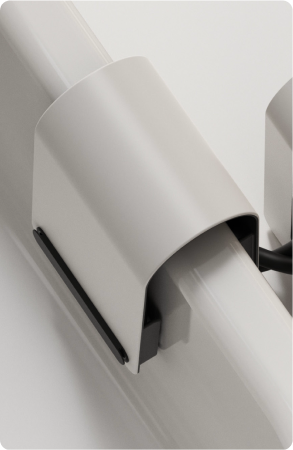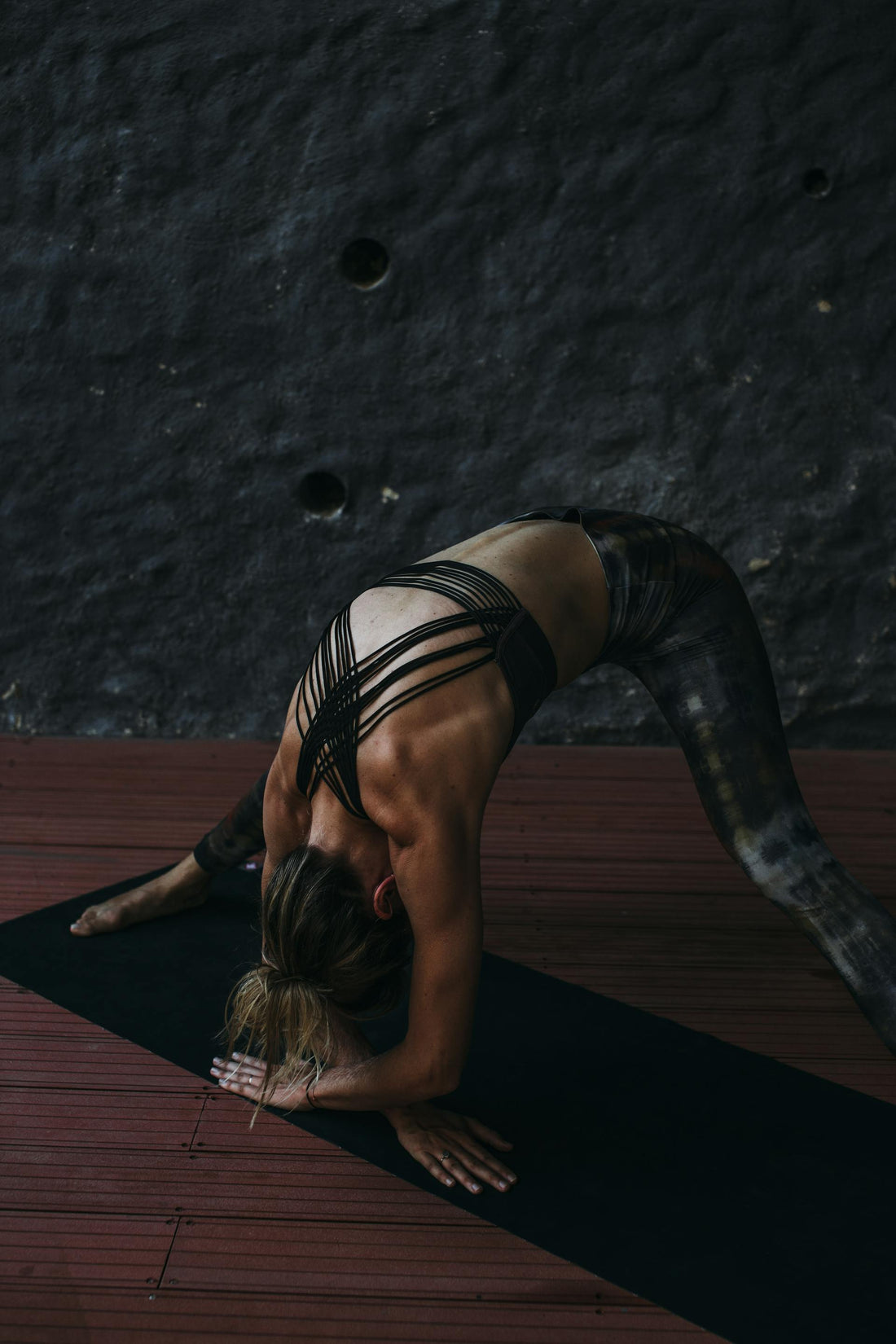
featured
The Science of Cold Plunging: Unlocking Wellness with a Chill
In today’s world of endless wellness trends, few practices feel as invigorating and transformative as cold plunging. Whether it’s an icy bath, a brisk cold shower, or a dip in a chilly lake, exposing your body to cold water offers an impressive array of benefits. But what exactly happens to your body when you take the plunge? Let’s explore the science behind this frosty practice in simple terms.
What Is Cold Plunging?
Cold plunging involves immersing your body in cold water, typically below 59°F (15°C), for a short period of time. While it may sound uncomfortable, the rewards are well worth it. From reducing inflammation to boosting your mood, this ancient practice is gaining modern popularity for its ability to enhance physical and mental well-being.
The Cold Plunge Effect: What Happens to Your Body?
When you step into cold water, your body reacts almost instantly. Let’s break down the key effects:
-
Shock Response and Breathing Control
The first thing you’ll notice is a sharp intake of breath. This is your body’s “fight-or-flight” response, triggered by the sudden cold. Your heart rate spikes, and your breathing quickens as your body tries to adapt. Learning to control your breath during this phase is essential—it helps you stay calm and teaches resilience. -
Blood Flow Boost
The cold causes your blood vessels to constrict, sending blood from your extremities (like your hands and feet) to your core to protect vital organs. When you step out of the cold, your vessels dilate, promoting fresh blood flow throughout your body. This process enhances circulation and helps flush out toxins. -
Inflammation Reduction
Cold water immersion reduces inflammation by lowering the temperature of your muscles and decreasing swelling. Athletes often use this technique to recover faster after intense workouts, but it can also benefit anyone dealing with general soreness or joint pain. -
Endorphin Release and Mood Boost
As your body adjusts to the cold, it releases endorphins—the “feel-good” hormones. This creates a natural mood boost, leaving you feeling energized and happy. Cold plunging has even been linked to reduced symptoms of anxiety and depression.
Why Does Cold Plunging Work?
The magic of cold plunging lies in its ability to stimulate your body’s natural processes. Here’s why it works so well:
- Activates Brown Fat: Unlike regular fat, brown fat burns calories to generate heat. Cold exposure activates this type of fat, boosting your metabolism and helping with weight regulation.
- Strengthens the Nervous System: Regular cold plunges train your autonomic nervous system to better handle stress, improving your resilience in everyday life.
- Improves Immune Function: Some studies suggest that cold exposure increases white blood cell production, which helps fight off illness and keep your immune system strong.
How to Start Cold Plunging
If you’re new to cold plunging, it’s best to ease into the practice. Here’s a simple guide:
-
Start with Cold Showers
Begin with 30 seconds of cold water at the end of your regular shower. Gradually increase the duration as you get used to the sensation. -
Try a Short Cold Plunge
Once you’re comfortable, move on to cold baths or plunges. Aim for 1-2 minutes at first, focusing on slow, controlled breaths to stay calm. -
Build Consistency
Like any wellness practice, consistency is key. Start with a few times a week and work up to daily sessions if it feels good for you.
The Science of Feeling Better: Benefits of Cold Plunging
-
Reduces Stress
Cold plunging trains your body to handle stress more effectively, both physically and mentally. Regular exposure to controlled discomfort makes daily challenges feel more manageable. -
Enhances Recovery
By reducing inflammation and boosting circulation, cold plunging speeds up recovery from workouts, injuries, or general fatigue. -
Boosts Focus and Energy
That post-plunge “zing” isn’t just in your head—cold water wakes up your nervous system, leaving you alert and ready to take on the day. -
Supports Mental Health
The combination of endorphin release and improved stress resilience makes cold plunging a powerful tool for managing anxiety and depression.
Cold Plunging FAQs
Is cold plunging safe for everyone?
While generally safe, those with heart conditions or serious health concerns should consult a doctor before starting. Always listen to your body and never force yourself to stay in if it feels unsafe.
How long should I stay in the cold?
For beginners, 1-2 minutes is plenty. With practice, you can gradually increase the duration, but even short sessions offer benefits.
Can I cold plunge every day?
Yes, many people incorporate daily cold exposure into their routine. Just ensure you’re listening to your body and not overdoing it.
Cold plunging is more than just a wellness trend—it’s a science-backed way to boost your health, mood, and resilience. Whether you’re looking to recover faster, reduce stress, or simply feel more alive, stepping into the cold could be the most refreshing change you make. So, take a deep breath, embrace the chill, and dive into the transformative power of cold plunging!



